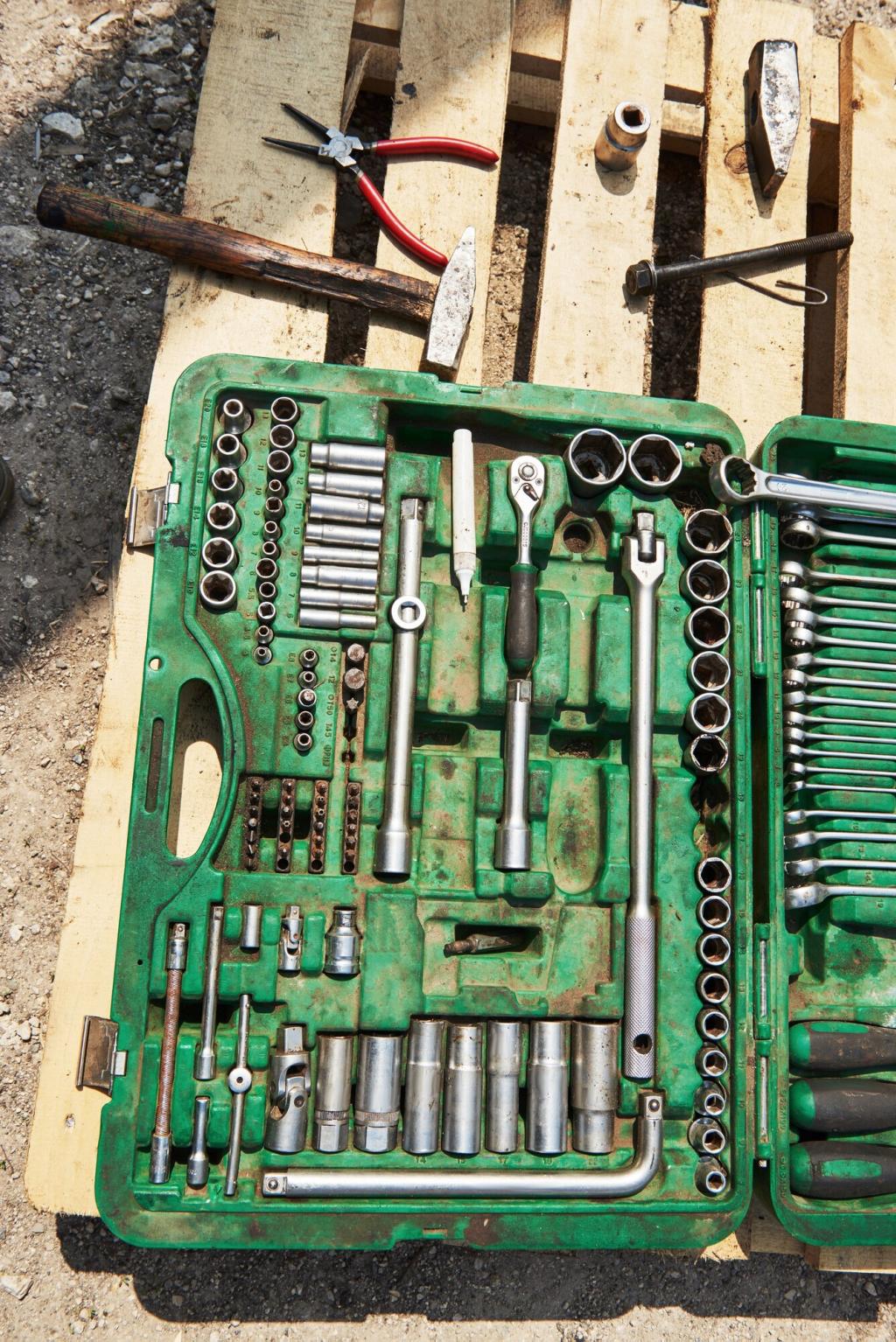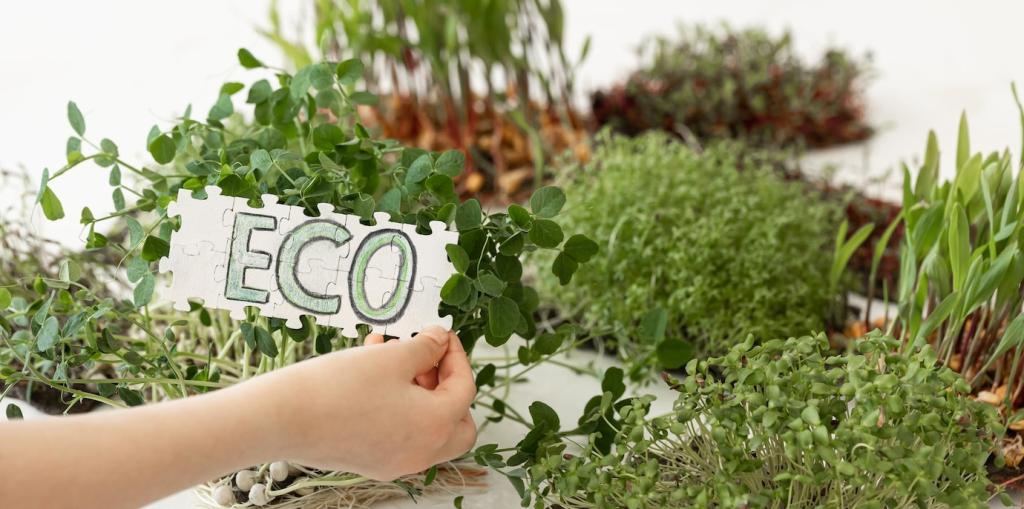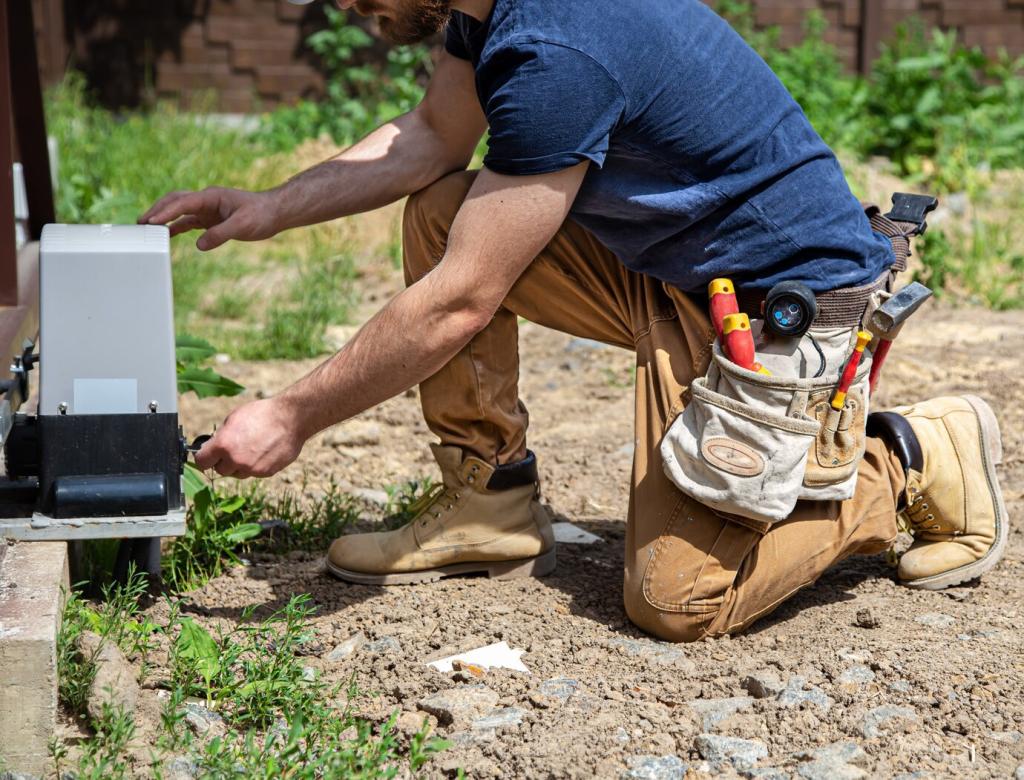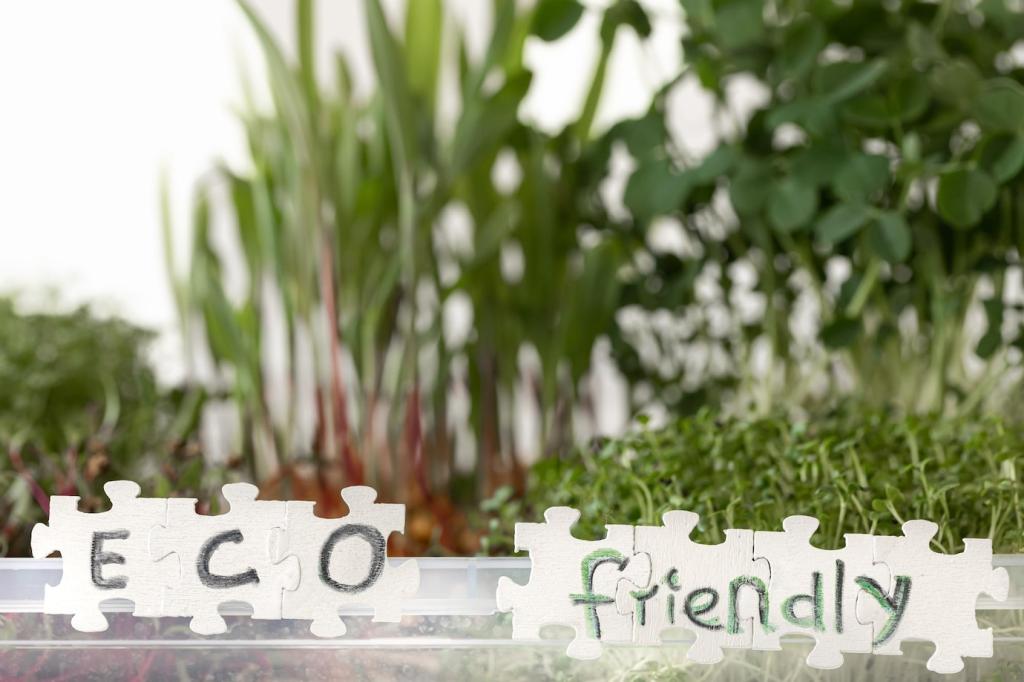Shine Naturally: DIY Organic Furniture Cleaners
Today’s theme: DIY Organic Furniture Cleaners. Discover safe, effective, and wonderfully scented homemade solutions that protect your furniture, your air, and your family—while inviting you to experiment, share your results, and subscribe for fresh recipes and tips.

Why DIY Organic Furniture Cleaners Matter
Commercial sprays often contain solvents and synthetic fragrances that linger on surfaces and in the air. DIY organic furniture cleaners rely on gentle acids, plant oils, and mild soaps, cutting fumes and helping sensitive households breathe easier without giving up a polished look.


Material-Specific DIY Organic Furniture Cleaner Recipes
Combine 2 parts olive or jojoba oil, 1 part white vinegar, and 4–6 drops lemon essential oil. Shake gently and apply sparingly with a soft cloth, buffing along the grain. Tell us your wood species, and we’ll suggest adjustments for shine and slip.
Material-Specific DIY Organic Furniture Cleaner Recipes
Blend 1 cup distilled water, 1 teaspoon Castile soap, and 1 teaspoon jojoba oil; add 2 drops lavender. Mist a cloth, never the leather, and test first. Share whether your leather is aniline or protected so we can offer tailored conditioning intervals.
Tackling Tricky Stains and Stubborn Odors
Dab a tiny amount of olive oil and baking soda paste, buffing gently with the grain. Follow with your polish recipe and a dry microfiber cloth. Report how long the ring sat; we’ll suggest dwell-time tweaks for older moisture marks.


Tackling Tricky Stains and Stubborn Odors
Spot-treat with a cotton swab dipped in rubbing alcohol alternative: high-proof grain alcohol diluted 1:1 with water. Blot, don’t rub, then neutralize with a damp cloth. Post your finish type so we can advise safer contact limits and follow-up conditioning.

Always test on a hidden area, waiting at least 24 hours before full application. Note color shift, sheen, and tactile feel. Comment with your test results, and we’ll help interpret whether to dilute, swap oils, or choose a gentler surfactant.

For wood, move in long, light passes along the grain and buff dry to prevent streaks. For leather, apply in small circular motions with an almost-dry cloth. Share short videos of your technique, and subscribe for expert correction guides.

Use soft microfiber for polishing, tightly woven cotton for cleaning, and a gentle upholstery brush for lifting dust before spraying. Tell us your favorite cloth brands or sizes, and we’ll compile a community-tested toolkit list without unnecessary gadgets.
Safety, Storage, and Shelf Life Made Simple
Include recipe, dilution, date mixed, and surfaces approved. Clear labels prevent mix-ups and help you track performance over time. Upload label templates you’ve designed, and we’ll share them in a community resource pack for new subscribers.
A reader’s grandmother mixed olive oil with lemon peel infusions, buffing a walnut table every Sunday afternoon. The ritual mattered as much as the shine. Post your family rituals, and we’ll feature favorites in an upcoming heritage cleaning spotlight.
